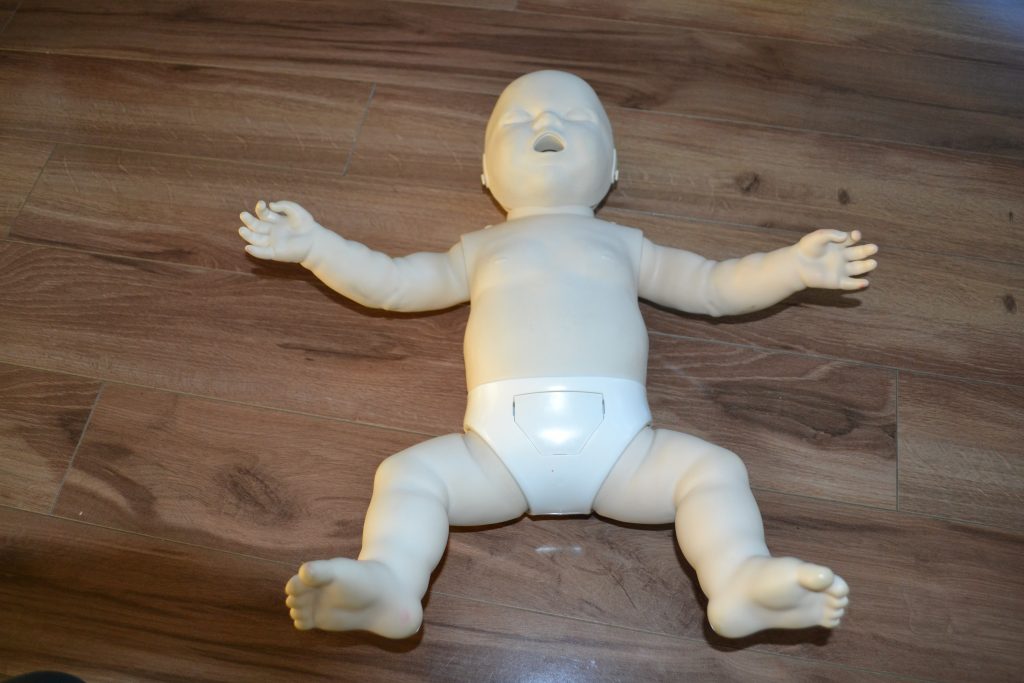Mastitis is an inflammation in the breast that happens when bacteria penetrates the breast tissues and result to an infection or a clogged milk duct. It is characterized by swelling, pain, warmth and redness of the area. There is also fever and chills. Breastfeeding mothers are susceptible to this condition but it can also affect women who are not breastfeeding.
Symptoms of mastitis
- Feeling ill or malaise
- Tenderness of the breast or warm when touched
- Fever of 101 F or 38.3 C or higher
- Swollen breast

Tenderness of the breast or warm when touched. - Redness of the skin with a wedge-shaped pattern
- Persistent pain or burning sensation while breastfeeding
- Usually affects one breast
Causes
- A breast that does not completely empty after feedings in which one of the milk ducts has blockage resulting to the back up of milk.
- Bacteria on the surface of the skin and mouth of the baby can penetrate the milk ducts through a break or crack in the skin of the nipple or the opening of the milk duct. Stagnant milk in the breast that is not properly emptied is a breeding ground for the bacteria.
Treatment
- Continue breastfeeding if suffering from mastitis to help in emptying the affected breast as much as possible.
- Massage the affected breast to unblock the clogged milk ducts and relieve swelling of the area. Massage the outer area of the breast going toward the nipple in small circular movement. Place more pressure on the area.
- Apply warm and cold compress on the affected area. Cold compress works by lessening the swelling and relieve pain while a warm compress clears the blockage, increase blood circulation and milk flow. Apply the warm compress for at least 15 minutes. This is followed by a cold compress for 5 minutes. Repeat the cycle for 2-3 times every day.
- Take a warm shower and direct the water to the affected area. Adjust the water temperature if it can be tolerated.
- Before breastfeeding, pump slightly the affected breast to relieve the hardness and makes it easy for the baby to latch on.
- Get plenty of rest for fast healing of the condition. Keep the stress levels low.
Tips
- Keep the nipples clean and dry between feeds to prevent the risk of mastitis.
- Wear comfortable and loose clothing to avoid friction against the nipples and worsen the condition.
- Make sure the baby latches properly on the breast during breastfeeding.
- Drink plenty of fluids to stay hydrated and ensure steady flow of milk.
FACT CHECK
https://www.webmd.com/women/guide/breast-infection#1
https://www.mayoclinic.org/diseases-conditions/mastitis/symptoms-causes/syc-20374829
